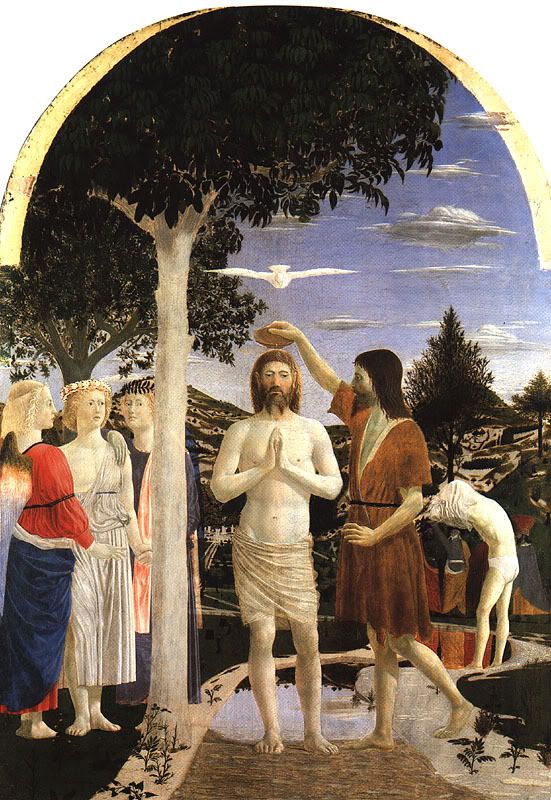Even when Elizabeth the 1st was unmarried and childless, she took on the role of Empress in a smart symbolic way. Her image to the people was of Bride of England and Mother of her people. She dressed like a bride, whitened her face like the Moon, coloured her lips like Venus in passionate red. Very clever lady. I see the Empress as the female Emperor it is true Prudence!, I see her as the compassionate side of the dual Nature. There was a small part in the film 'Out Of Africa' that reminded me of her. Karen Blixen pleads with the Queen's representative to look after her native staff when she is gone, and he says that the rules prevent him; his wife says that she will assure protection of the people, because that was her role, intimating that rules were not her domain and she could ignore the protocol.
On the other hand as jmd suggests it was important for stability to have an heir, and often as not, back in the Medieval times, barreness was usually the woman's fault it seems. ~Rosanne


